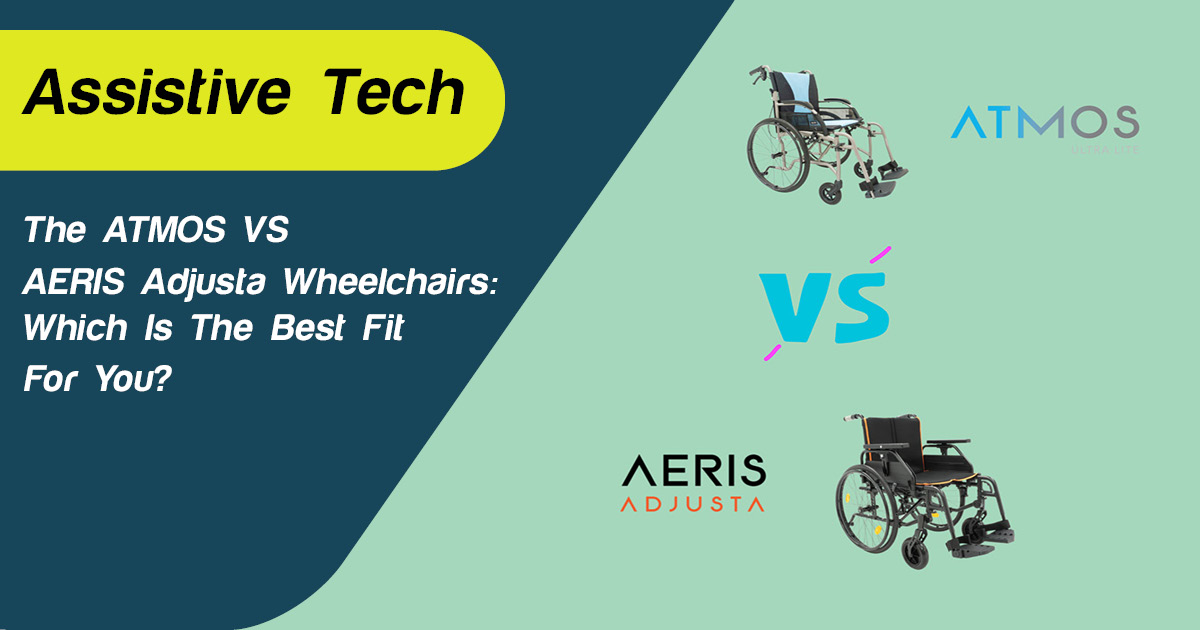
Share
Rollators are one of the equipment that clients might need as they grow older. Although they can move, it doesn’t mean that they move as efficiently or quickly as they used to and having a rollator will help.
But like with all equipment there are precautionary measures that clients need to take to prevent accidents from occurring resulting in injuries. Below are the top tips on how to use rollators safely.
Preparing To Stand
Getting up might be a little different than what clients are used to, it pays to be cautious when getting up and not doing it too quickly. Here are some tips when standing up using rollators:
- Make sure the brakes are engaged
- Sit as close to the edge as possible and keep your toes in line with the edge of the seat
- Either place both hands on the chair or one hand on the walker and the other on the chair
- Never put all your weight on the rollator as that might cause it to move instead lean forward until some of your body weight is on your feet
- Use your legs to stand while your arms should only be lifting the weight your legs cannot
- Wait until you’re certain about your balance before unlocking the brakes and walking
Walking In New Areas
When clients are using their rollator and going to a new area they need to be mindful that it also means new terrains that they aren’t used to. The best way to ensure that clients have a nice walk in new areas is to:
- Proceed slowly until clients know the area well
- Be mindful of their surroundings
- If in a new home for the first time, arrange the furniture to ensure there’s sufficient room to use the rollator
- Look where you’re going to anticipate uneven surfaces, hazards or inclines
- Never use your rollator when on an escalator
Turning Around
In situations where clients need to turn around make sure that they’re within the width of the rollator. Move the rollator with them as they turn making sure to keep their body parallel to the rollator’s front bar. Never twist their back as they run the risk of pulling a muscle.
Sitting Down
Much like standing up, sitting down will be different compared to before.
- Stand in front of the seat with the back of the legs almost touching the seat
- Sit down only if client is certain of their balance
- Slowly move the walker away so they can bend forward slightly
- Engage the locks
- Reach behind and rest the hands on the arms of the chair before slowly lowering into the chair using the legs
Walking With Your Rollator
Using the rollator isn’t as simple, or easy, as pushing it although it might look and feel that way.
- Keep their rollator in front of you before walking. Generally it should be a foot ahead of them
- Gently push the rollator ahead while walking
- If steps aren’t even shorten the longer one as the shorter step is where balance suffers the most
- When in a kitchen or bathroom area, use the counter for support and keep the rollator close
Know Your Limits
Just because clients have a rollator to help them doesn’t mean they can go all over the place with it. Understand what they’re able to do and if they start to feel tired then stop and sit.
Wear appropriate shoes
When going for a walk it’s important to wear the right footwear since you can never be too safe. Also check the weather condition, if it’s too slippery or wet outside then it’s better to stay indoors.
Hopefully these tips will assist clients as they use their rollators to become independent. We also sell other equipment such as mobility scooters, electric wheelchairs and patient lifting hoists; all of which assist clients in moving independently. Get started by browsing through our online website.









